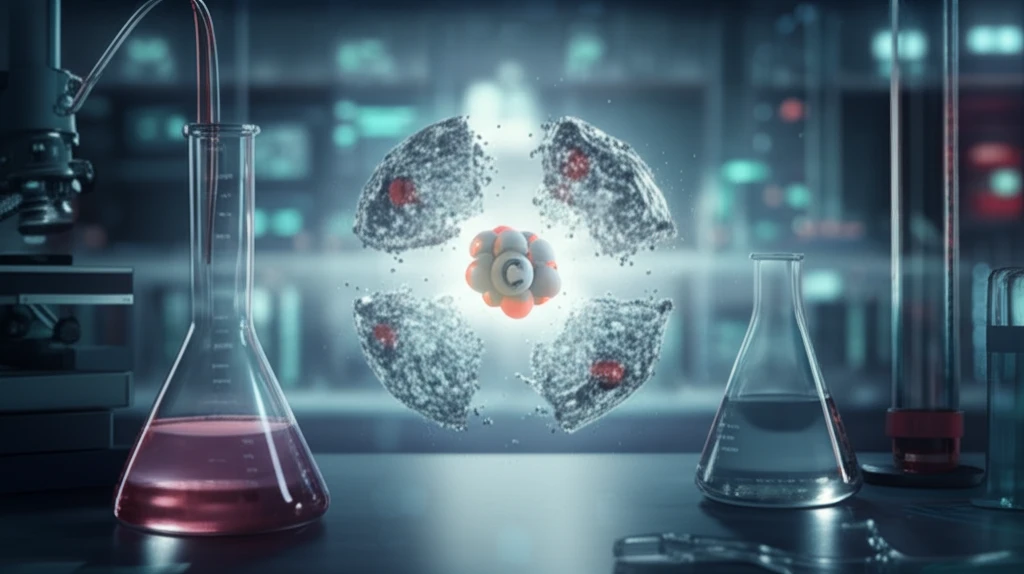
Can This Discovery Solve Our Energy Crisis? Scientists Unveil Revolutionary Water Oxidation Electrocatalyst
"New cerium-directed nanosheet architecture could drastically improve water splitting and sustainable energy production."
The quest for sustainable energy sources has never been more critical, with climate change looming large. Among the various approaches, water splitting—separating water into hydrogen and oxygen—holds immense promise. Hydrogen, a clean-burning fuel, can power vehicles, heat homes, and fuel industries, all without releasing harmful greenhouse gases. However, the oxygen evolution reaction (OER), a key part of water splitting, has traditionally been a bottleneck.
OER is a sluggish process that demands significant energy input, limiting the overall efficiency of water splitting. Existing catalysts, often relying on expensive and scarce noble metals like iridium and ruthenium, hinder widespread adoption. That's why scientists are actively searching for affordable, efficient, and earth-abundant electrocatalysts to drive the OER forward and unlock the full potential of water splitting.
Now, a team of researchers has announced a significant breakthrough: a novel cerium-directed double-layered nanosheet architecture for a nickel-iron based hydroxide electrocatalyst. This innovative design demonstrates remarkable efficiency in water oxidation, potentially revolutionizing the field of sustainable energy production. This approach tackles both the cost and performance limitations of previous catalysts, offering a pathway toward a cleaner, more sustainable energy future.
How Does This Electrocatalyst Work and Why Is It So Efficient?

The researchers' innovation lies in the creation of a unique double-layered nanosheet structure using cerium (Ce) ions. This architecture, composed of a nickel-iron based hydroxide, significantly enhances the electrocatalytic activity for water oxidation. Here's a breakdown of the key elements:
- Increased Active Sites: The vertical alignment of the nanosheets creates a larger surface area, exposing more catalytically active sites for the OER.
- Enhanced Intrinsic Activity: Cerium doping optimizes the electronic and ionic conductivity of the material, boosting the OER kinetics.
- Improved Charge and Mass Transfer: The double-layered structure facilitates efficient electron and ion transport, speeding up the water oxidation process.
The Future of Energy: What Does This Discovery Mean?
This research represents a significant step forward in the development of cost-effective and efficient electrocatalysts for water splitting. By utilizing earth-abundant materials and a novel cerium-directed architecture, the researchers have overcome some of the key limitations of previous catalysts. While further research and development are needed, this discovery holds immense promise for a future powered by clean, sustainable hydrogen energy. Imagine a world where vehicles run on water, homes are heated by a non-polluting fuel, and industries operate without contributing to climate change. This innovative electrocatalyst brings us closer to that reality.
